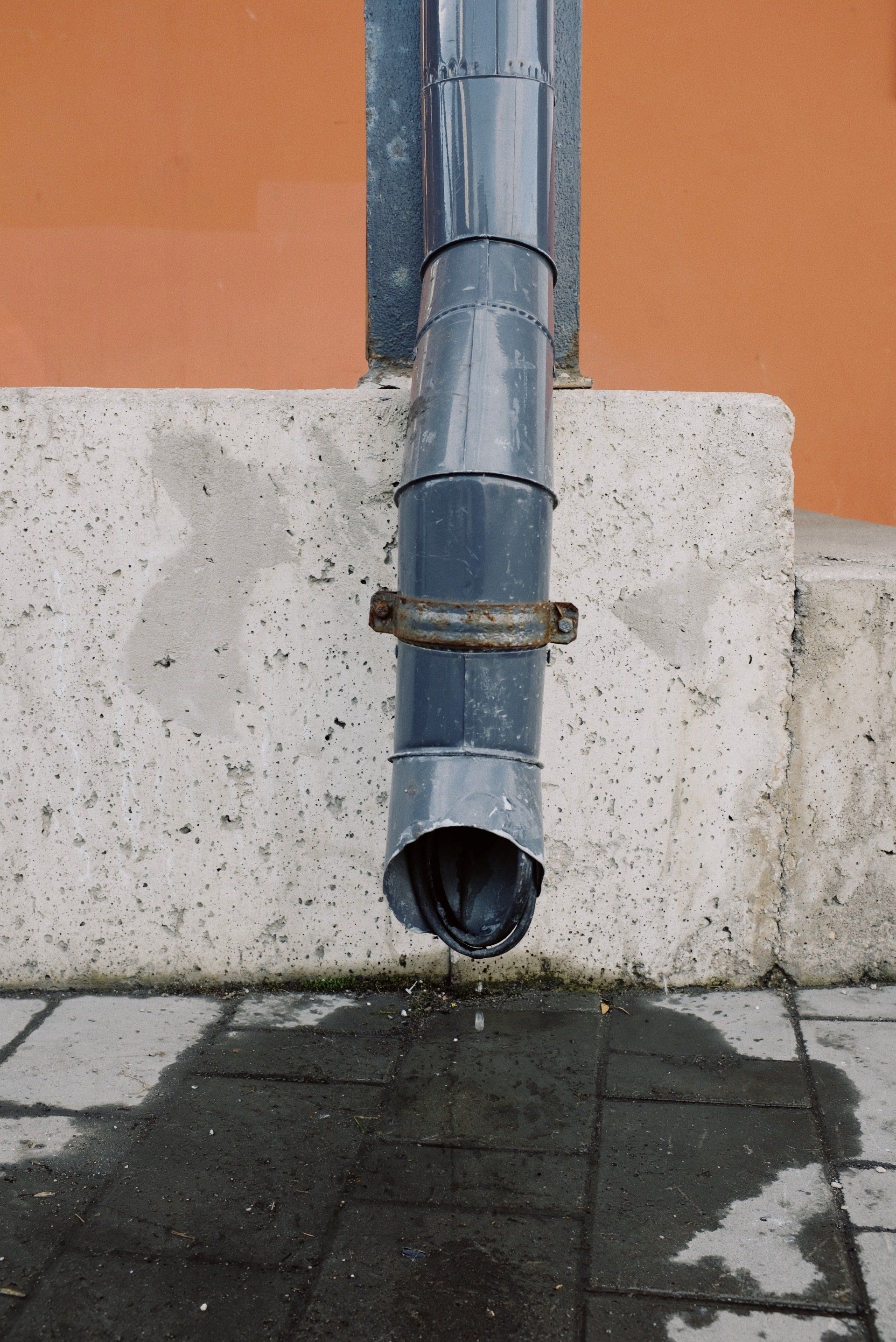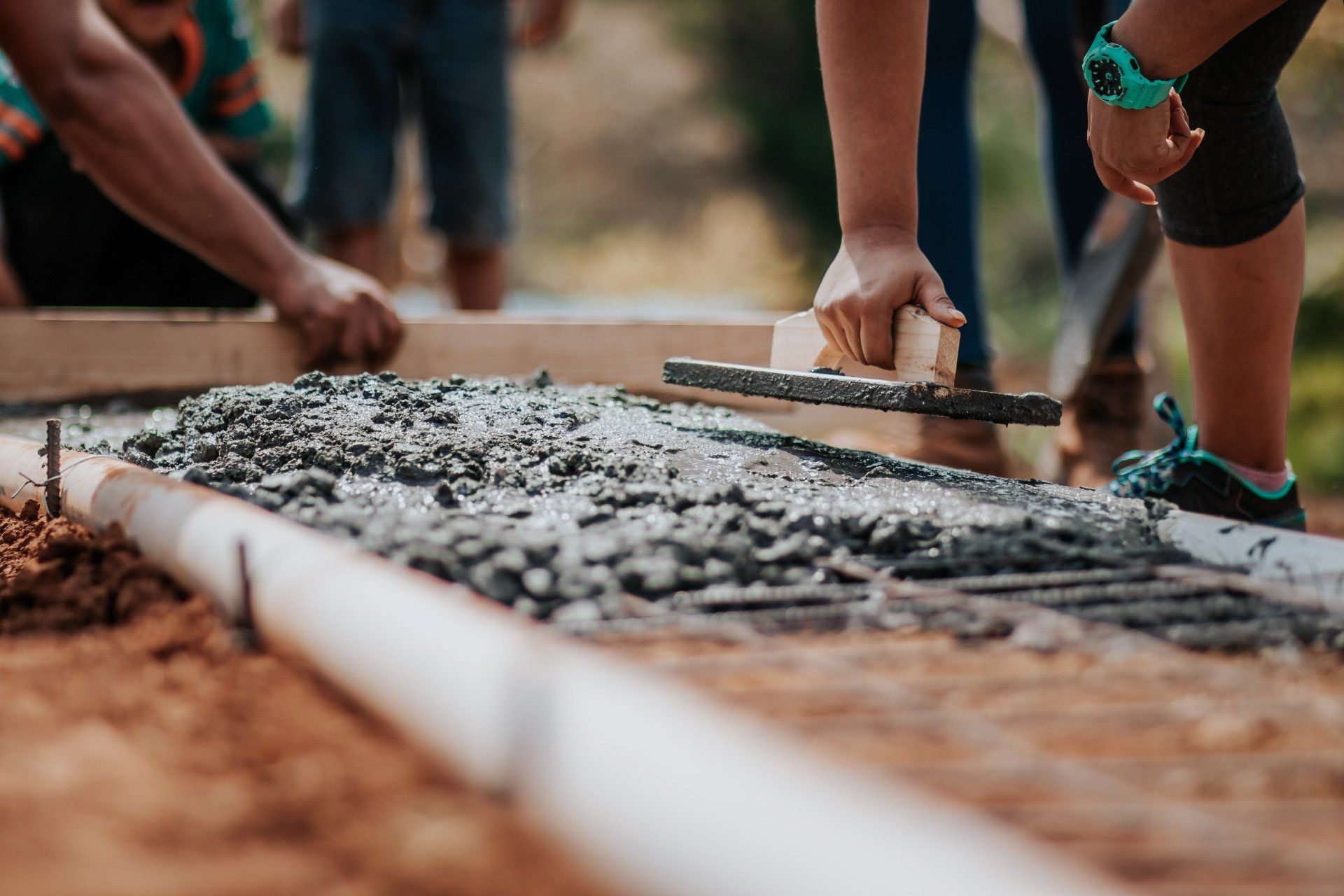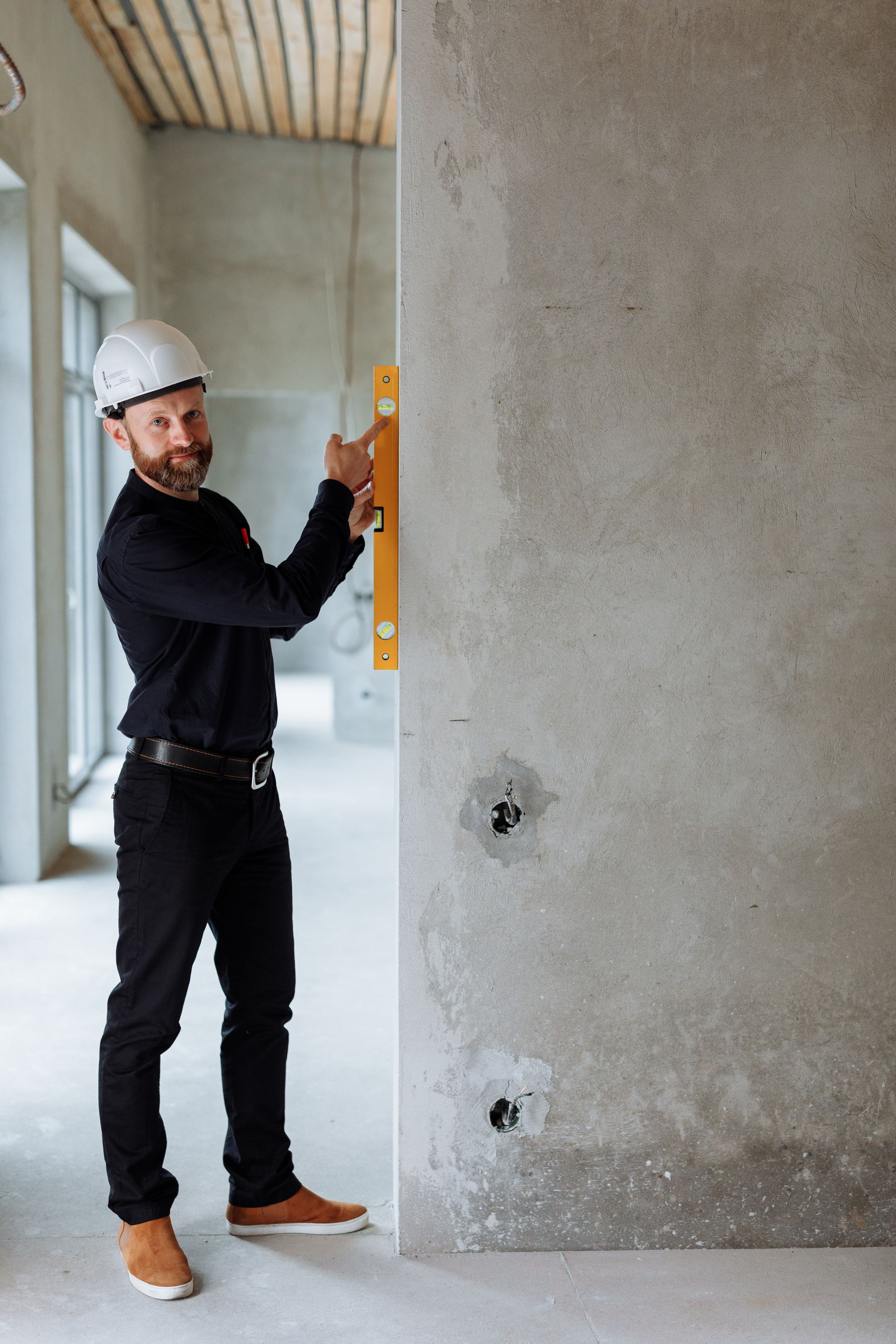Clearing the Air: Navigating the Financials of Radon Mitigation Systems
Cost and Considerations: A Detailed Guide to Radon Mitigation Expenses
Radon, an invisible and odorless gas, lurks in the basements of homes, posing significant health risks. Recognizing its dangers, homeowners often turn to
radon mitigation systems as a solution. This guide delves into the financial aspects of this critical investment, discussing the "cost of radon mitigation system", its installation, and the factors influencing these expenses.

Unveiling the Cost of Radon Mitigation System Installation
The journey towards a safer home begins with understanding the "cost of radon mitigation system installation". This cost is not a fixed figure but varies based on several factors including the size of your home, the radon levels present, and the mitigation method chosen. Installation costs can range significantly, influenced by the complexity of the system and the labor involved.
Average Cost of Radon Mitigation System: Setting Expectations
When budgeting for radon mitigation, knowing the "average cost of radon mitigation system" is crucial. On average, homeowners might spend anywhere from $800 to $2,500, with variations based on geographic location and system type. This figure helps in setting a realistic expectation, aiding in financial planning.
Regional Pricing Insights: Cost of Radon Mitigation System in Colorado
Geographic location plays a pivotal role in determining mitigation costs. For instance, the "cost of radon mitigation in Colorado" often referred to as 'Colorado radon mitigation cost, 'may differ from that in other states due to regional construction styles, local regulations, and the prevalence of radon. In Colorado, where radon levels can be high, costs might lean towards the higher end of the national average.
Typical Cost of Radon Mitigation System: What Homeowners Typically Pay
Understanding the "typical cost of radon mitigation system" helps in assessing what most homeowners pay. This figure, encompassing various types of homes and systems, provides a ballpark for those beginning their mitigation journey. However, it's essential to consider that 'typical' doesn't always mean 'suitable for all'.
Estimating Your Personal Costs
Every home is unique, and so is the cost of mitigating radon in it. The "estimated cost of radon mitigation system" for your home will depend on a personalized assessment by a professional. This estimation, often referred to as 'radon mitigation costs estimates,' takes into account your home's specific needs, ensuring that the system installed is both effective and economically feasible.
Long-Term Savings and Health Benefits
Investing in a radon mitigation system transcends immediate financial considerations. Homeowners should also consider the long-term health benefits and potential savings. By reducing radon levels, you're mitigating the risk of radon-induced lung cancer, potentially saving on future healthcare costs. Additionally, a radon mitigation system can increase your home's value and appeal to health-conscious buyers.
Financing and Assistance Programs
For those concerned about upfront costs, there are financing options and assistance programs available. Some states offer low-interest loans or grants, especially in areas with high radon prevalence. Homeowners should explore these options to ease the financial burden.
DIY vs. Professional Installation: A Cost Comparison
While a DIY approach may seem cost-effective, professional installation ensures reliability and compliance with safety standards. DIY kits can be cheaper, but the lack of expertise might lead to inefficiencies or even failures in reducing radon levels adequately.
Maintenance Costs and Considerations
Post-installation, the maintenance of the system is crucial for its effectiveness. Regular maintenance checks, although an additional cost, ensure the system operates optimally. Homeowners should factor in these recurring costs, referred to as 'radon mitigation system maintenance cost,' when budgeting for radon mitigation.
Conclusion
The journey to mitigate radon in your home involves navigating through various cost factors. From understanding the average and typical costs to considering regional differences, long-term benefits, and obtaining personalized estimates, financial planning for radon mitigation demands attention to detail. Investing in a radon mitigation system is not just a financial decision but a commitment to long-term health and safety.




